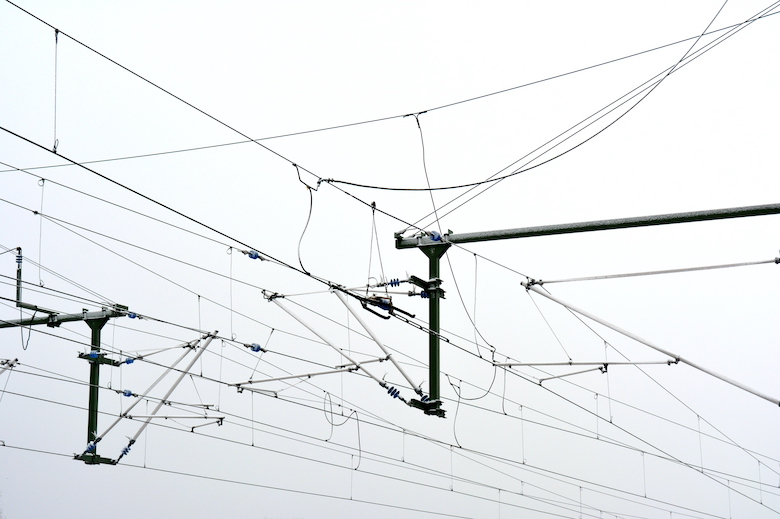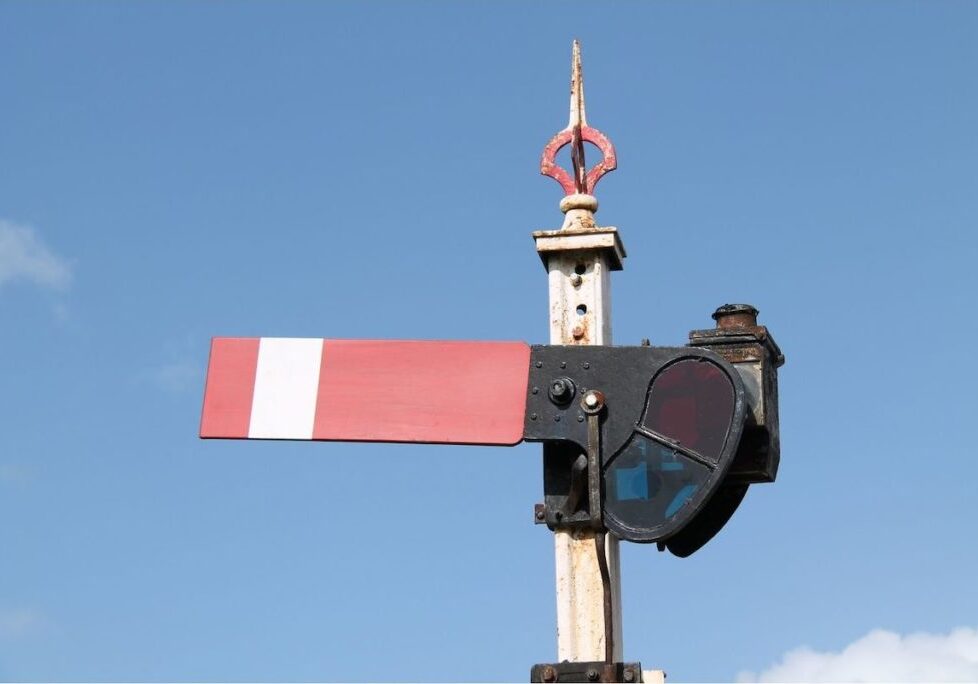Overhead Line Electrification (OLE) for Railways
Answers to your 5 most commonly asked questions
While electric trains have been around in New Zealand since the early 1900s, they don’t often get much publicity. Consequently, we tend to take them for granted and have little idea of how electric railway systems actually work.
Here at Alpha Rail, our goal is to increase the level of service and quality of New Zealand’s overhead line electrification design and construction. Because we’ve been operating in this domain since 2011 and know it thoroughly, we love to share our knowledge and expertise to help people to understand railway electrification and its importance.

We’ve created a mini guide that answers the five most asked questions we come across about railway line electrification.
- What is railway line electrification?
As the name suggests, railway line electrification is where a railway system has been electrified to supply power to railway trains or trams. This means the locomotive no longer uses an engine that’s driven by diesel fossil fuel.
Electrical traction is a more environmentally friendly, energy-efficient, and pollution-free alternative to a diesel-powered locomotive. On average, an electric train emits 20% to 35% less carbon per passenger-kilometre than a diesel train.
This is made possible by either renewable electricity or electricity that’s generated in power plants, then distributed to our railway networks and trains. This enables electric locomotives to be used for hauling passengers or freight.
EMUs (electric multiple units) – which are passenger cars with their own motors, like those commonly used in Auckland – can also be powered electrically while on the railway line.
- How does railway electrification work?
Each country has a slightly different railway electrification system. Here in New Zealand, we have three separate electrification systems, which are all located in the North Island. The common element – no matter where you are – is that electric power is supplied to the trains as they move along an electrified line.
In New Zealand, electricity is supplied via an overhead line consisting of one or more wires, which runs above the railway track. These lines can carry extremely high electrical charges and are connected to feeder stations that supply the power.
- What is the voltage in railway overhead cables?
Most overhead railway cables carry a voltage of 25,000 volts (25kV) in order to power electric trains. This is roughly 100 times more powerful than the electricity used in your home. In New Zealand, the overhead railway lines in Auckland and the Central North Island carry electricity at 25,000 volts, while in the Wellington region the voltage is only 1,500 volts (1.5kV).
25kV AC is used more often as the voltage in railway overhead cables because its more economical than a 1.5kV DC voltage system.
- Which wire is used in railway electrification?
The electric railway system in New Zealand consists of an upper, weight-carrying wire, which is known as a catenary. A contact wire is then suspended from the catenary.
Due to the unique requirements of overhead railway cables, they must be manufactured to endure all types of weather conditions, as well as constant wear and tear. Because of this, the wires are usually made from cold-drawn solid copper, which has good conductivity.
The wire also has grooves on its side to allow hangers to be attached. In some cases, small amounts of tin might be added to increase the strength of the wire. The full cable is made of multiple wires, which in turn are made of a combination of copper and tin, along with aluminium, and/or steel.
- How do overhead power lines work on trains?
For electric trains to use the electricity provided in the overhead cables, they need to be able to collect it. For this, they use devices like a pantograph, bow collector, or trolley pole. These devices connect with the overhead power lines and draw current to power the train.
These devices sit on top of the train and have one or two long arms. These are usually spring-loaded, which allows them to press a contact shoe onto the underside of the contact wire, which is suspended beneath the catenary.
As the train moves, the contact shoe moves along the wire, ensuring the connection is maintained. This physical connection allows current to flow from the overhead cable into the train. The current then flows back to the nearest feeder station through the steel wheels, completing the electrical circuit.
Continue reading
The evolution of railway electrification in New Zealand
Railways are one of the most efficient mode of transportation and have been crucial to the growth and expansion of many western countries. In fact, railways have been an integral part of the social and economic development of New Zealand since as far back as the 1860s. And, although this information has gone relatively unmarked…
Overhead Line Electrification (OLE) for Railways
Answers to your 5 most commonly asked questions While electric trains have been around in New Zealand since the early 1900s, they don’t often get much publicity. Consequently, we tend to take them for granted and have little idea of how electric railway systems actually work. Here at Alpha Rail, our goal is to increase…
How do railway signals work?
An important aspect of railway design, construction and safety is the signals deployed along the track. Signalling is a crucial part of the railway infrastructure and over the past decade, upgrades to signalling systems on railway networks around the world have helped to improve the overall safety of those rail networks, enabling trains to move…
Get in touch today
We understand all of the requirements and don't produce
anything that can't be built.
EXPLORE THE SITE
CONTACT US
PO Box 71050, Rosebank, Auckland, 1348
© Copyright 2025 - Alpha Rail Ltd.



